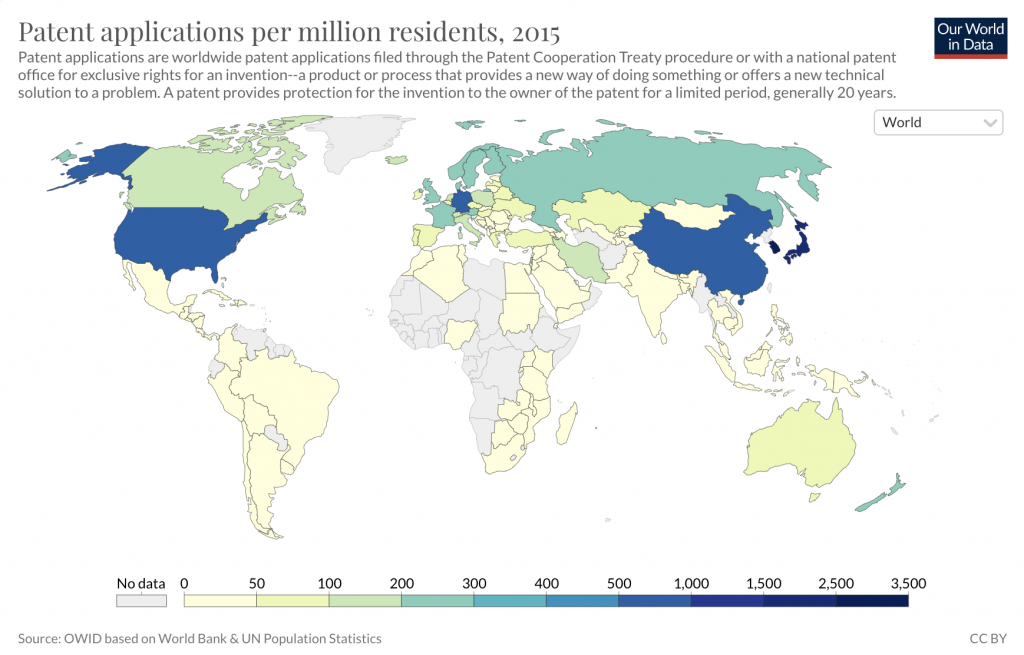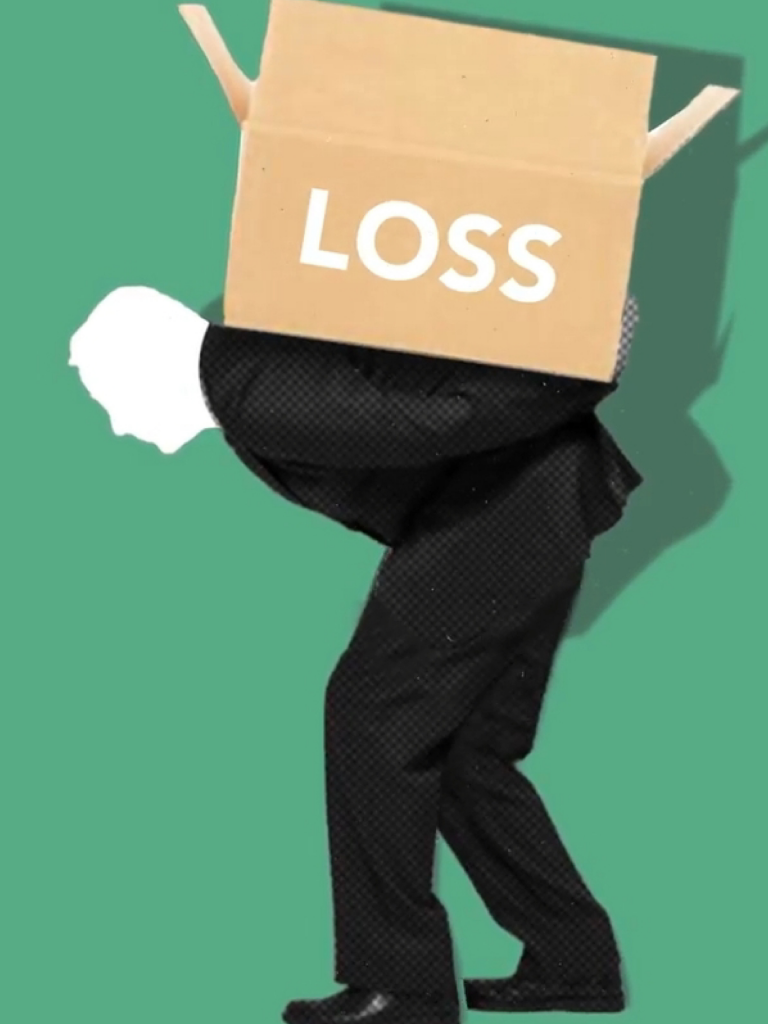As a Master-level student you will be asked to write abstracts for your papers, or for your dissertation. Writing an abstract is not rocket science, but it is somewhat different from “regular” writing. I have summed up here advice from professors and librarians on how to write an effective abstract for academia. A step-by-step approach to writing abstracts is proposed, and this should enable you to write effective abstracts.
If you are still reading, my first paragraph is a good abstract. Yay!
Why are abstracts important?
In academic writing the use of “abstracts” is particularly important, for practical reasons. With the amount of reading one needs to do when studying/researching, being able to quickly tell what a given paper is about (before the paywall) gives abstracts a crucial value.
Writing is an integral part of our professional and personal lives. Every day we write texts, emails, letters, applications, comments on social media, blogs, etc. Professionally, we may be required to communicate via email, reports, blog posts and articles, or team chat (more so since the pandemic started).
There may be a few commonalities within each type of writing, but each writing type brings its own format, tone, formalities (formal or informal), and target audiences.
You are probably well versed with the personal and professional writing styles. Still, as a student, you will encounter an entirely different type of writing – academic writing. Academic writing is a more formal style of writing, used in universities and scholarly publications, typically involving literature reviews, case studies, and application of theory in “practice”. A subject for another blog post, so stay tuned.
For the typical master’s level student at Robert Kennedy College, academic writing is a new form of writing. From the module assignments to the dissertation at the end of the programme, the students are expected to excel in this writing style.
What are abstracts?
The abstract is typically a single 200 to 300 words paragraph, “selling” the rest of the paper/article they describe to the interested reader. The abstract is not, formally speaking, part of the paper it describes, which is why it normally appears before the table of contents and is not listed in it.
The abstract must provide information on why the paper should be read in the first place – so why the research is important. For assignments, where students are encouraged to practice abstract writing in view of the dissertation, the abstracts typically try to convince the markers that the brief was addressed in its entirety. If you can imagine Jack Nicholson, do it: “the brief, the whole brief, and nothing but the brief”.
The abstract must also provide information on what was done, and how. For a dissertation, the student will concisely describe the research methodology. For an assignment paper, the same (“I have critically reviewed literature on X, Y, and Z. I have then analysed a case study on A using B and C models/frameworks, etc.”).
The abstract must also give a glimpse into what was found. Not full details, but enough to entice an interested reader to click-through to the full article. For dissertations and assignments (where the reader does not have a choice, but must read the full paper anyway), you want to reassure them (they are typically marking your work) that you have not only addressed the brief, but also found some interesting things.
The final function of the abstract is to provide a take-home message. A concise and factual conclusion that the reader can use as justification for their reading the paper in full.
What abstracts are not
In our work with mature students like yourself, the most common confusions arise between abstracts and executive summaries, and between abstracts and introductions.
Abstracts are not executive summaries
Executive summaries are a business-environment construct, whose purpose is to give the reader (executives, hence the name) enough information to make an informed decision, without having to read the full report/paper. Unlike abstracts, executive summaries are much longer (one to two pages), are much more structured (with internal headings much like this post, allowing executives to orient themselves within the summary), and must provide clear action points/decisions to be made after the supporting arguments have been presented.
Abstracts are not introductions
Although there are similarities between the two constructs, abstracts are not introductions either.
An introduction goes deeper into the WHAT (what your topic is, or what you are addressing in the paper) and the WHY (why is this important? Background context) of your work.
It will also lay out your own stance or focus given the context and the topic, and provide a “map” to your paper, describing what each section of it discusses. The introduction is typically written in the future (“will discuss X in section 1, etc.”) whereas the abstract is typically written in the past tense, or present, but never future.
How to write an effective introduction – a topic for another blog post!
Conclusion
Now that we know what an abstract is, and what it is not, here are the five steps to writing a compelling abstract that I promised in the … abstract 😊
1. Define what your work is about: provide a precise statement of the problem
2. Give some background information: provide enough background information for your study or research that describes both the main topic and the problem.
3. What and how you did what you did: summarize the research method & designs you employed, stating the key techniques used.
4. Findings: describe your findings. This part attracts the most attention as the reader is intrigued to know about the results.
5. Conclusion: Provide a brief and precise conclusion. An overstated conclusion can mislead the readers, so do not overkill.
Not everyone is born with a flair for academic writing, but, like many things in life, this can be learnt and, with experience, can also be improved over time. All you require is some guidance and practice.
Our highly qualified, world-class faculty provide you with in-depth knowledge of the course while guiding you on how to best write your assignments and prepare for the dissertation. Talk to our education advisors and enrol today for the online master’s programme that is closest to your interests.

















